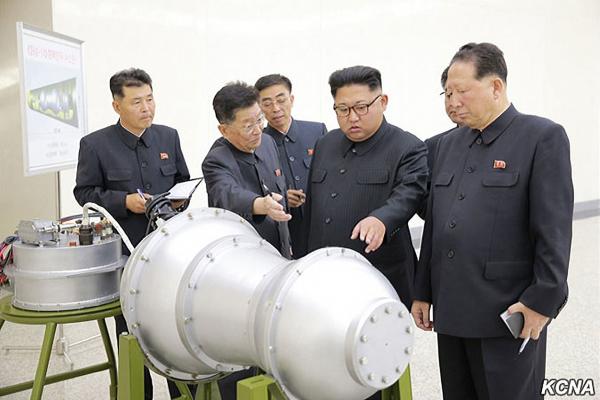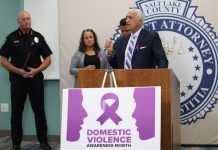
Jan. 8 (UPI) — The Centers for Disease Control and Prevention will hold a panel this month to educate the public on what federal, state and local governments are doing to prepare the country for a potential nuclear attack.
“While a nuclear detonation is unlikely, it would have devastating results and there would be limited time to take critical protection steps,” the CDC notice states. “Despite the fear surrounding such an event, planning and preparation can lessen deaths and illness. For instance, most people don’t realize that sheltering in place for at least 24 hours is crucial to saving lives and reducing exposure to radiation. While federal, state, and local agencies will lead the immediate response efforts, public health will play a key role in responding.”
The CDC’s announcement of the Jan. 16 panel in Washington, D.C., comes during increased rhetoric of nuclear attacks from President Donald Trump and North Korea leader Kim Jong Un.
On Tuesday, Trump caused controversy when he responded in a tweet to Kim’s threats to use his nuclear arsenal.
“North Korean Leader Kim Jong Un just stated that the ‘Nuclear Button is on his desk at all times.’ Will someone from his depleted and food starved regime please inform him that I too have a Nuclear Button, but it is a much bigger & more powerful one than his, and my Button works!” Trump said.
In July, North Korea said it would “strike a merciless blow” against the United States if it attemted to remove Kim from power. Trump later responded with a threat of his own.
“They will be met with fire and fury like the world has never seen,” Trump said in August. “[Kim] has been very threatening beyond a normal state and as I said they will be met with fire and fury and frankly power the likes of which this world has never seen before.”
U.S. locations nearer to North Korea, such as Guam and Hawaii, have also been taking cautionary measures to prepare for a potential nuclear attack.
Last month, Hawaii tested its nuclear attack sirens for the first time since the height of the Cold War in 1980.
And in August, Guam officials released a two-page memo for its residents about how to survive a nuclear attack.






